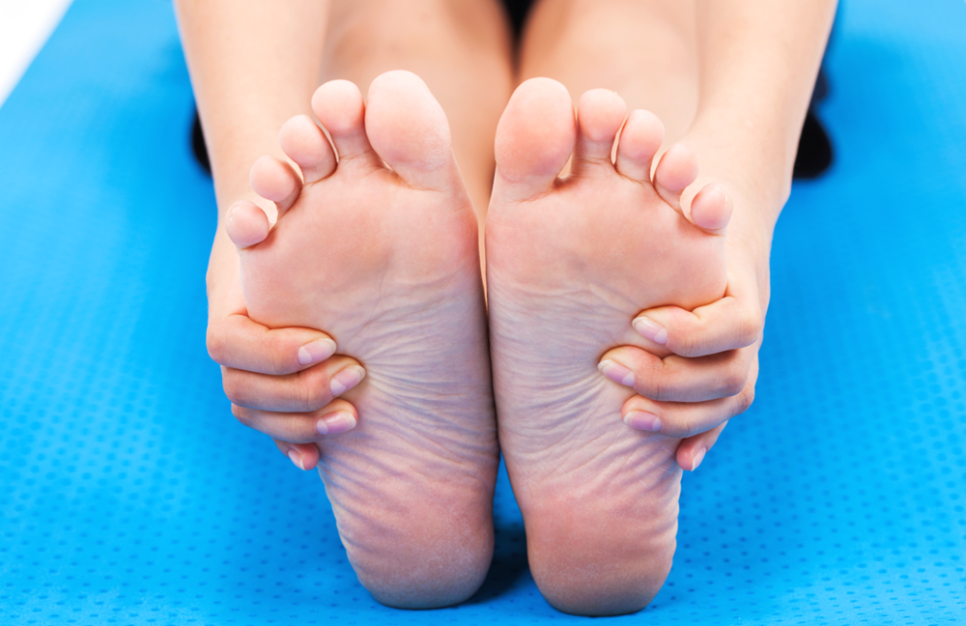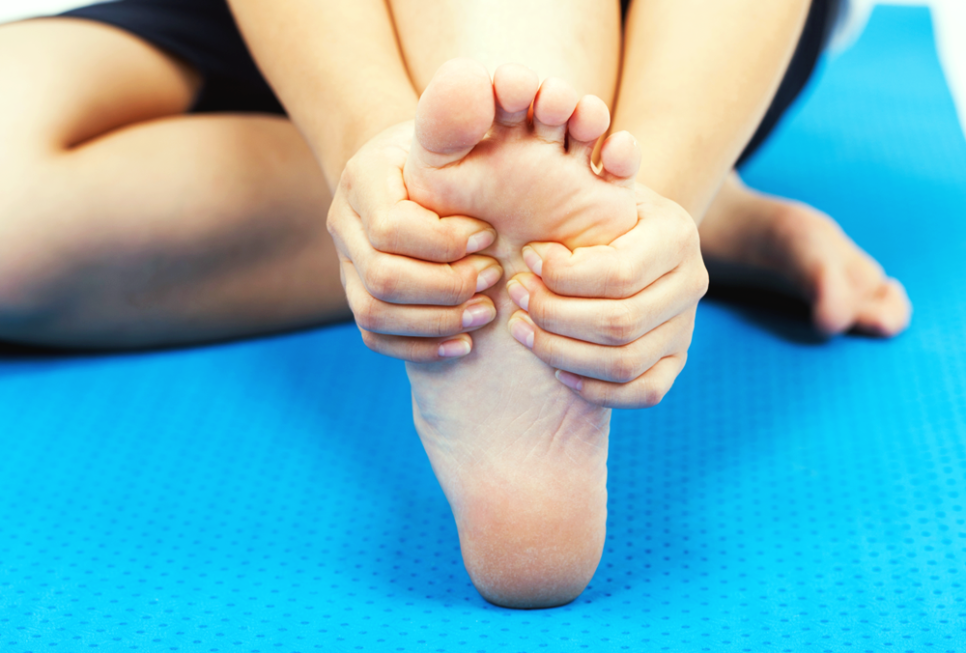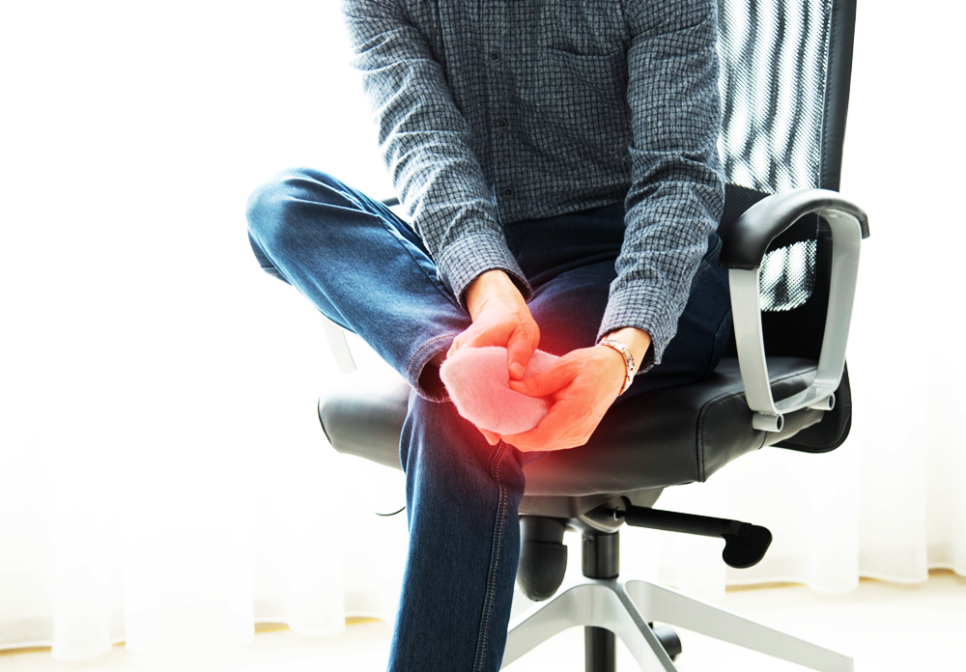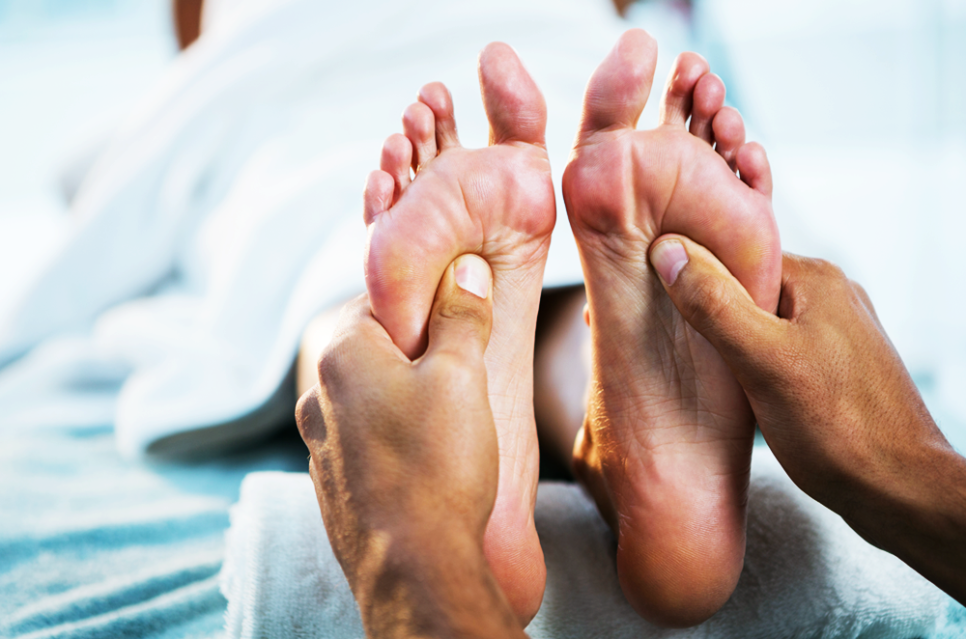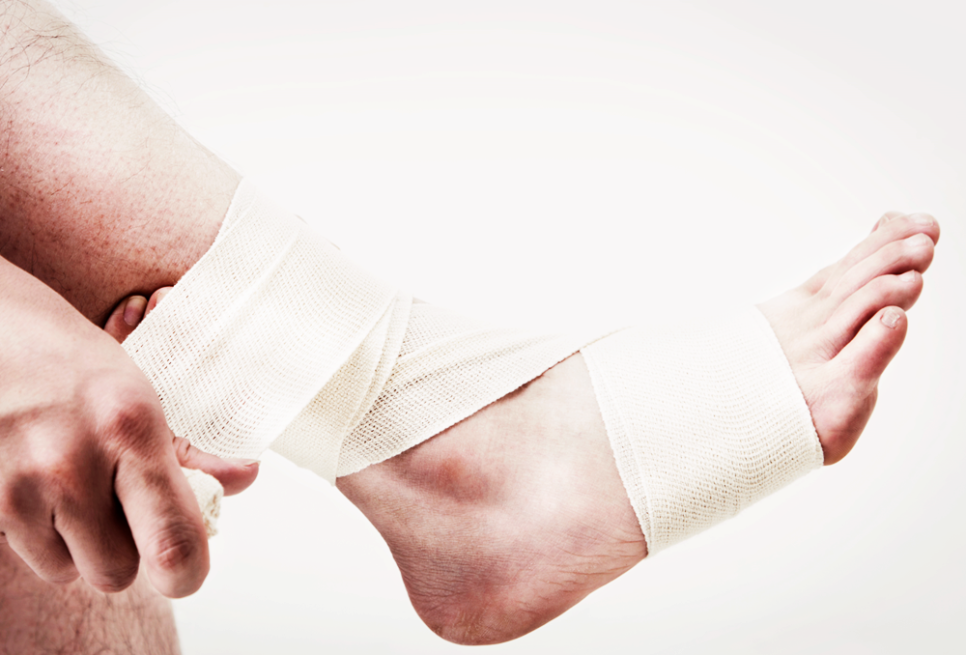족저근막염 한번 생기면 꽤 오래 고생하던데요. 저런 관리 방법이 있군요. 참고해야겠어요.
(Helpful Tip) Causes and Prevention of Plantar Fasciitis
If walking is uncomfortable or you frequently experience pain centered around the soles of your feet, it is advisable to suspect plantar fasciitis. Since it is a load-bearing area, it is easy to feel fatigue, so it is important to be careful not to overexert yourself. In fact, there are almost no exercises that can be done without using your feet.
Because they play a crucial role in standing and supporting the entire body's weight on the ground, they can be considered quite an important area. Today, together with Yonsei Olive Pain Medicine Clinic, we will look into plantar fasciitis and learn about the causes and prevention methods for foot pain.
Plantar fasciitis is considered a major cause of heel pain. The sole of the foot contains a long fibrous structure called the plantar fascia. This part helps shape the bottom of the foot into an arch, which aids in absorbing external shocks. Flat feet are more exposed to external shocks, so they easily feel fatigue even after walking a short distance, whereas arched feet make walking more comfortable. If inflammation occurs in the plantar fascia, which extends from the heel to the front of the foot, plantar fasciitis can develop.
Typical symptoms of plantar fasciitis
Repetitive pain occurs when moving the foot. Since the pain continuously shows a pattern of easing and worsening, it is advisable to quickly visit a medical institution such as Yonsei Olive Pain Clinic if you experience these symptoms. Because this area is used extensively, many people think that the pain is just temporary muscle soreness or fatigue and neglect it. However, if you ignore and treat the symptoms lightly, the area may rupture and the problem could worsen, so it is better to undergo an examination and receive treatment at an early stage.
Another symptom is experiencing severe pain when first stepping out of bed in the morning. The area mainly affected is around the heel, and the pain worsens when walking or moving. If you're unsure whether this matches the symptoms of plantar fasciitis, you can try bending your toes upward toward the top of your foot; if pain occurs during this movement, it is highly likely to be the condition. Additionally, if you feel stiffness and persistent pain in your feet while standing, it is also worth considering this diagnosis.
Plantar fasciitis cause
The main cause of these symptoms can be found in your gait. Walking with poor posture or wearing shoes that do not fit well can frequently cause these symptoms. Additionally, if you are obese or overweight, the pressure on the soles of your feet is significant, which can lead to strain due to weight bearing. People with flat feet or high arches should also be aware of this condition. While these issues can arise from the characteristics of specific body parts, they are more closely related to lifestyle habits. Therefore, if the problem recurs, it is advisable to correct your lifestyle habits.
One way to prevent plantar fasciitis symptoms is through regular stretching. For those who walk a lot or have to stand for long periods, it is important to stretch at regular intervals to relieve foot fatigue.
It is also important to wear comfortable shoes to prevent impact or irritation to the feet.
By making small efforts in daily life, you can prevent the occurrence of plantar fasciitis, so it is advisable to maintain consistent health management before symptoms appear to avoid experiencing pain.
If the condition is discovered at a relatively advanced stage, it is advisable to visit a medical institution promptly to receive appropriate treatment. If it is in the relatively early stage, non-surgical conservative treatments such as injection therapy, medication, physical therapy, or manual therapy can sufficiently improve the condition, so it is recommended to try symptom relief through these methods.
If symptoms do not improve despite these efforts, it would be advisable to remove the inflammation and address the thickened fascia through surgery. Since the treatment method varies depending on the stage of the condition, if you experience pain, please visit a medical institution for a thorough examination and consultation.
1. Conservative treatment
If correction is possible through initial stage treatment, it involves addressing the root cause, such as incorrect exercise methods or excessive workout volume.
Corrects uncomfortable footwear.
Additionally, stretching can help relieve pain by lengthening the plantar fascia and Achilles tendon.
A brace is used in cases of high arch deformity or metatarsal pain beyond normal.
If conservative treatment is ineffective, steroid injection therapy is administered, and it is used repeatedly.
There is a risk of acute rupture of the plantar fascia and potential side effects such as atrophy of the heel fat pad.
And although there is still much debate about the effectiveness of extracorporeal shock wave therapy, it is widely used in the pre-surgical stage.
2. Surgical treatment
Surgery is considered when conservative treatment is consistently applied but there is no improvement.
It is a surgical method that stretches the plantar fascia, but it can also be performed using arthroscopy for incision.
The success rate of the surgery is 70-90%, and since it can cause side effects such as kidney damage and complications, it should be chosen carefully.



